Share this page
Your guide to recently released books and other teaching resources.
For additional reviews of French-language resources, visit Pour parler profession. With the exception of some classroom sets, items reviewed are available on loan from the Margaret Wilson Library at the College. Contact us at 416-961-8800 (toll-free in Ontario 1-888-534-2222), ext. 679 or email library@oct.ca.
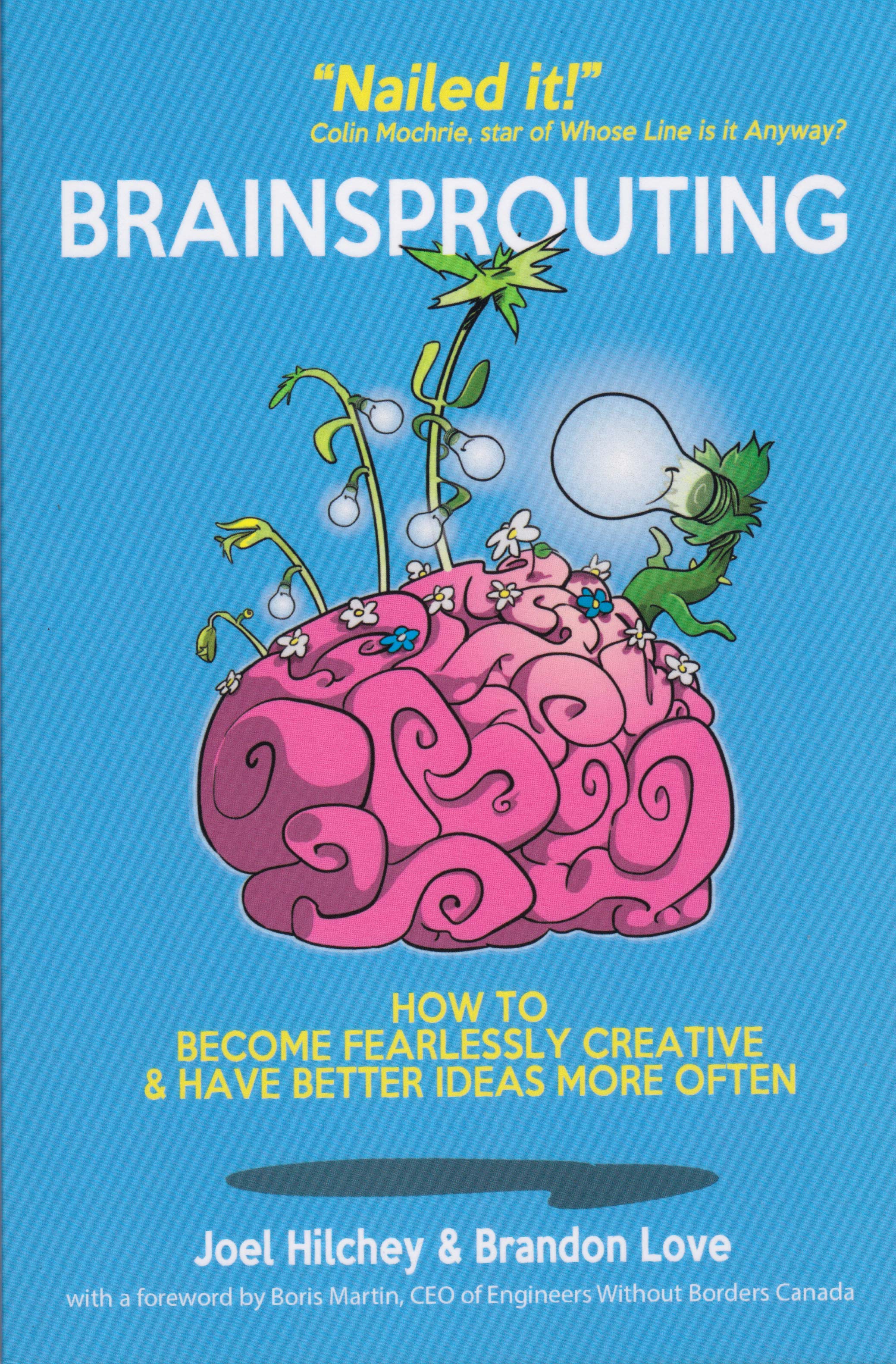
By Joel Hilchey and Brandon Love
"Brainsprouting" is a whole new approach to accessing your creative powers, unleashing innovative ideas and solving intricate problems that brainstorming rarely achieves.
The authors take the reader back to past memories of brainstorming experiences in elementary school when we would be asked to list five ideas for a project. Only one of those ideas (usually, the first) would stand up to scrutiny so we could finish the list with just about anything to satisfy the brainstorming requirement. The list of five so-called plausible ideas allowed teachers to believe they had encouraged the creativethinking process. But really, why waste time thinking beyond our obvious first choice?
Brainsprouting is different. It is designed to encourage students to visualize tiny, creative plants popping up all over the surface of the brain. Light bulbs hover above and are all set to energize this garden of sprouting plants. No matter what our profession, our ability to think creatively leads us to challenge our ideas. When our ideas don't work, we try another. And another. That develops resilience and fearless creativity. We learn to have fun with our ideas.
Anyone involved in a leadership role would benefit from reading this book, which offers a carefully developed blueprint to maximize the creative flow of ideas within their groups.
Dorothea Bryant, OCT, tutors primary and junior students in reading and writing.
Brainsprouting: How to Become Fearlessly Creative and Have Better Ideas More Often, self-published, 2017, softcover, ISBN 978-0-9849402-6-4, 122 pages, $19.95, brainsproutingbook.com
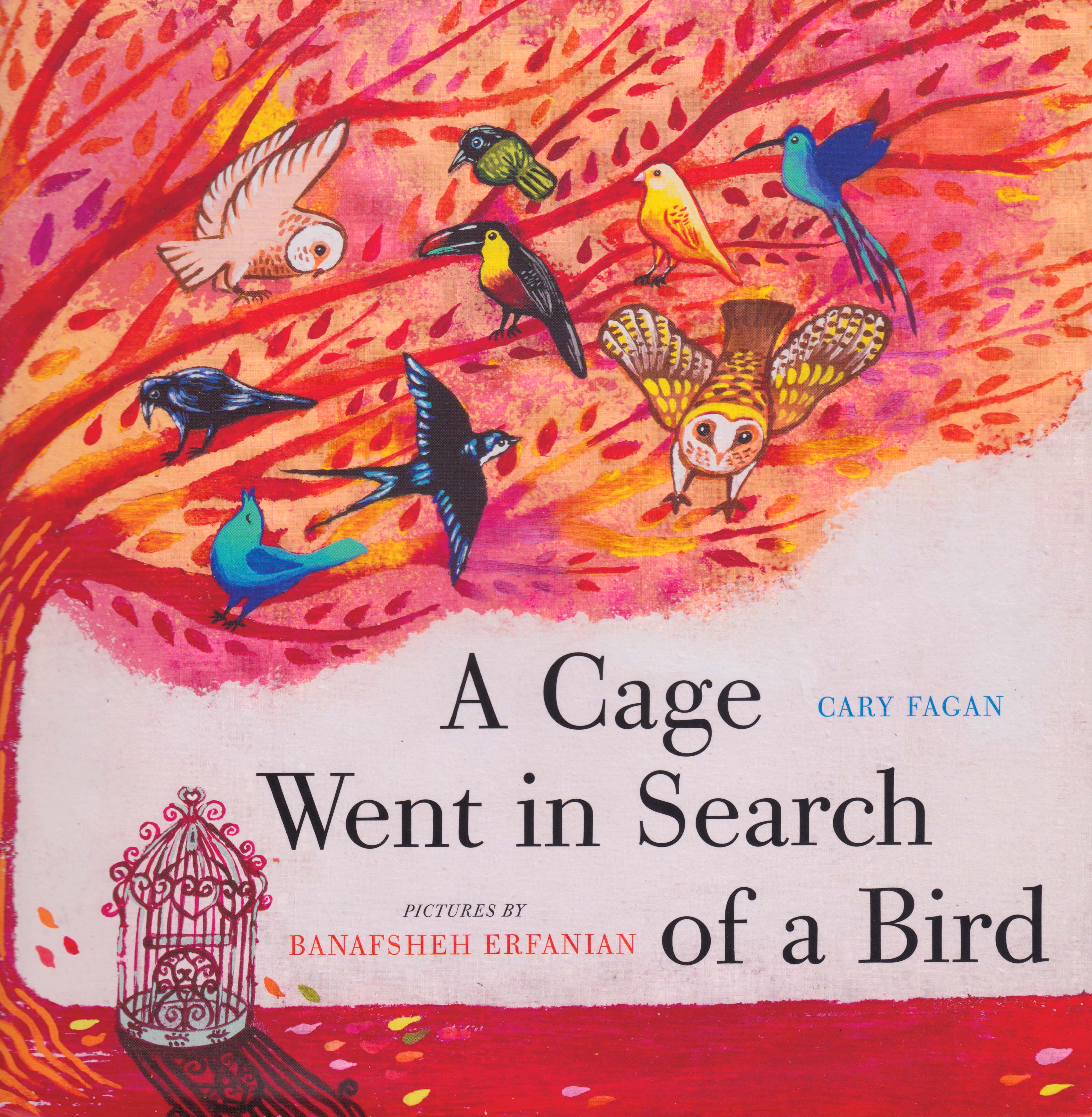
By Cary Fagan, illustrated by Banafsheh Erfanian
One day, a discarded, empty cage takes a big risk. It leaves the safe confines of the attic to find a perfect occupant, a bird who would appreciate it for what it was. Out in the world, it faces ridicule and rejection. It is laughed at, ignored and put down for its appearance and size. Lonely and alone, the cage bravely continues its search, sensing there must be a bird out there that wants and needs it. When the worried cage finally meets the perfect bird, it feels the immediate sense of the acceptance and inclusion.
The foundation of this story is based on a Franz Kafka aphorism that seeks to understand what it means for people to fill their personal sense of emptiness (the cage) with community (the bird).
A Cage Went in Search of a Bird creates a vibrant landscape of words and pictures showing the deep longing of the cage to belong and the rich diversity and uniqueness of each of the characters who end up rejecting it.
The book would be a wonderful addition to a primary mental health library as the themes of belonging, resilience and acceptance appear throughout. Discussions with children might explore how friendships develop, how friends are kind and support each other, and how we each have unique gifts to share. It would also be a great model for teaching about personification, as the cage takes on human qualities.
Anne Marie Landon, OCT, is a principal with the Renfrew County Catholic District School Board.
A Cage Went in Search of a Bird, Groundwood Books, Toronto, 2017, hardcover, ISBN 978-1-55498-861-7, 32 pages, $18.95, an imprint of House of Anansi Press, groundwoodbooks.com
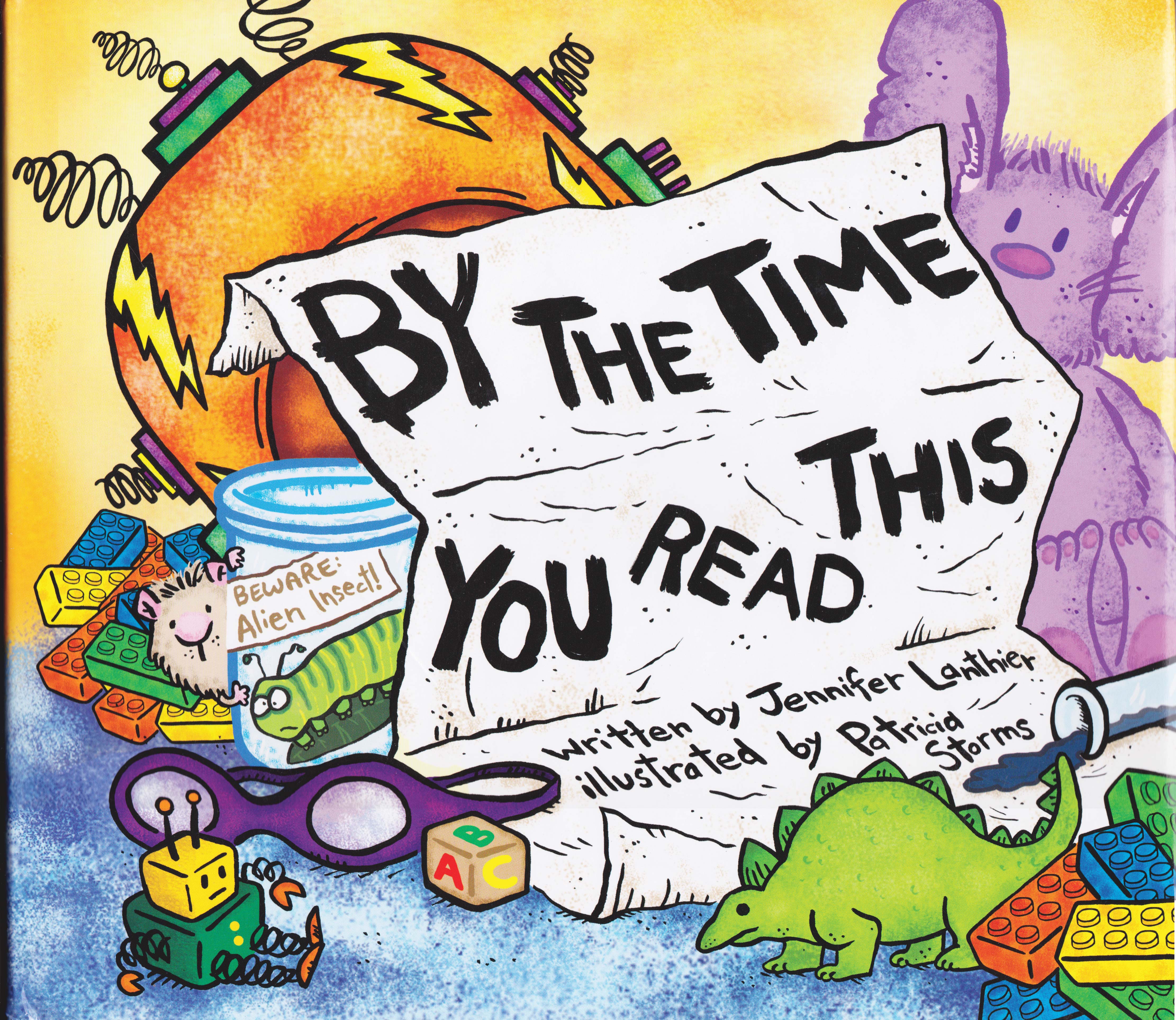
By Jennifer Lanthier, illustrated by Patricia Storms
Why is Oscar so angry? What has him in such a huff that he never, ever wants to speak to, see or hear from Sam again? The reader experiences Oscar's fury over his friendship ending with Sam, and the injustice that ended it. Turns out that it was all a misunderstanding that is remedied with a simple apology.
The book is geared to younger children and can be used to talk about the importance of gaining perspective after an infuriating experience, and then communicating effectively about it. Children should easily identify with the characters and the situation - how laughter can be hurtful, how misunderstood words can be blown out of proportion, and how quickly emotions can get out of control.
Pre-teaching some of the vocabulary should help unpack some of the mature language that peppers the story. The changes in font and colouring are features that can be discussed to help derive further meaning from the story and the vocabulary. The font changes are also good indicators for modelling tone and intonation when reading aloud.
The illustrations contain little side stories about Oscar and Sam's relationship and the mischief they get into. To help children grasp their complexity, a picture walk prior to the actual readaloud is recommended. The dust jacket doubles as a board game and may serve as a pre- or post-reading activity.
Jennifer Wyatt, OCT, is head of the Junior School at Trinity College School in Port Hope, Ont.
By the Time You Read This, Clockwise Press, Toronto, 2017, hardcover, ISBN 978-1-988347-05-9, 32 pages, $19.95, clockwisepress.com
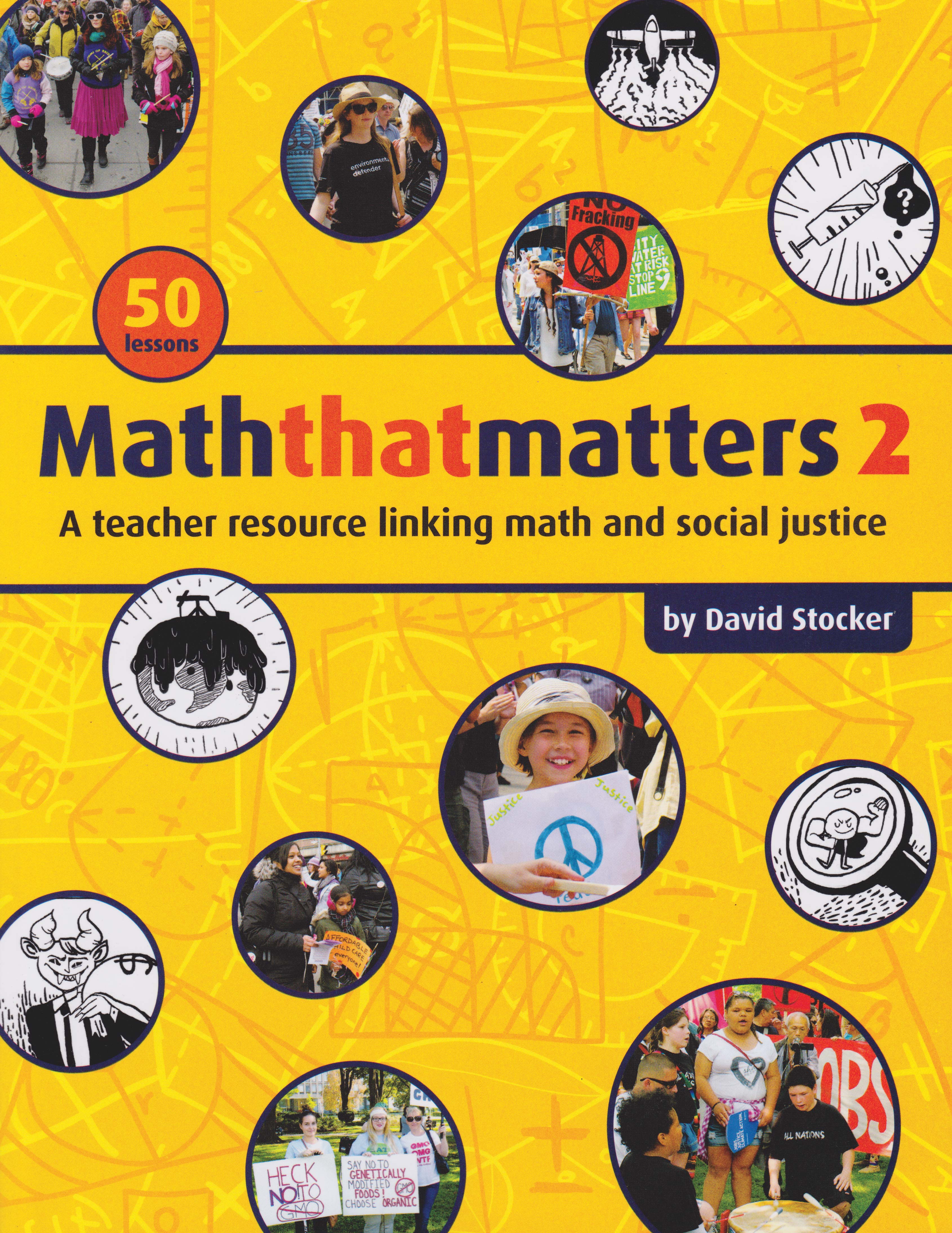
BY David Stocker, OCT
As a Toronto alternative school teacher, David Stocker has long recognized the importance of teaching through a critical lens that encompasses race, class, gender, sexuality and ability.
In his groundbreaking book, Maththatmatters, published in 2006, he writes that all material carries a bias. It is our job as teachers to first clearly acknowledge the inherent bias and then teach well beyond it.
Maththatmatters 2 extends the author's work with 50 well-supported lessons for those in Grades 6 through 9 to address issues that matter to today's students. As such, math becomes the vehicle through which social justice issues can be explored. The comprehensive list of questions accompanying each lesson provides both a framework for discussion of the issue and an authentic teaching opportunity for the required math skill.
Nicely organized for ease of use, the book also contains a full set of solutions at the back and a chart linking the lessons to their relevant math strands and social justice issues.
The repeating structure of each lesson includes an opening quote, a section to set the stage, and then, the opening question. The meat of the lesson follows, along with extension activities that include opportunities for cross-curricular collaboration. The lesson plan ends with a call to action that directs students toward making positive changes.
Steve Kennedy, OCT, is a secondary teacher at James St. Alternative Education in Hamilton, Ont.
Maththatmatters 2: A teacher resource linking math and social justice, Between the Lines, Toronto, 2017, softcover, ISBN 978-1-77125-312-3, 315 pages, $39.95, btlbooks.com
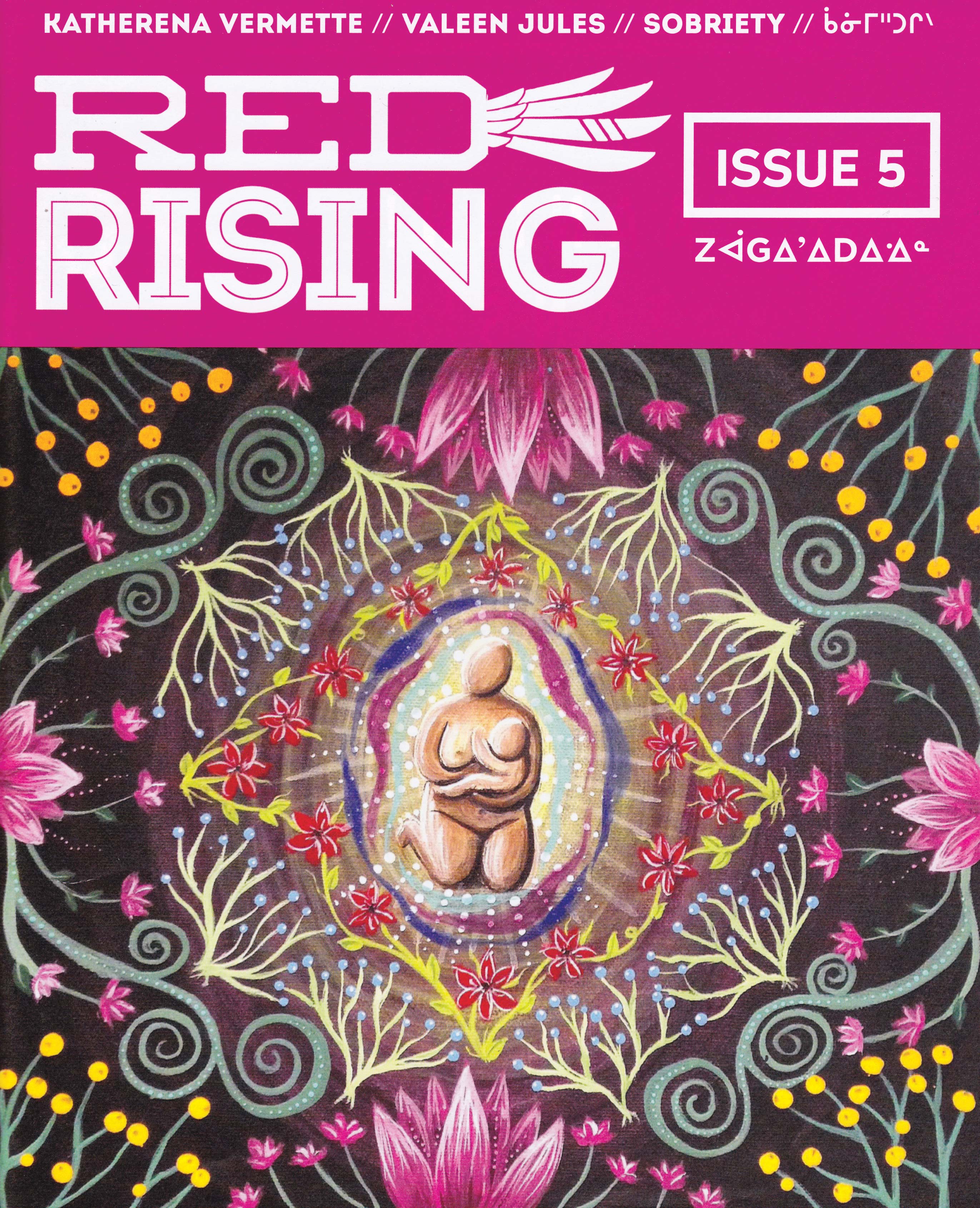
By Red Rising Collective
Senator Murray Sinclair and the Truth and Reconciliation Commission of Canada (TRC) stated in the TRC's Calls to Action that K-12 educators have a public obligation to build "student capacity for intercultural understanding, empathy, and mutual respect" for Indigenous history.
This has inspired hope and resilience in students, and that same strength and life is expressed in the educational award-winning magazine, Red Rising.
Red Rising is an Indigenous youth collective based in Winnipeg that features the stories of elementary, secondary and post-secondary writers and artists from across Canada.
The writers and illustrators tell students what it is like to be from Aamjiwnaang First Nation, outside Sarnia, Tyendinaga Mohawk Territory, near Belleville, Oneida First Nation, outside London, or the Coast Salish (to name just a few in Issue 5). Many of the narratives and poems focus on what the students love about their lives and learning.
One of the authors, Gladys Rowe of Fox Lake Cree Nation, says that "stories have the power to connect and build relationships."
An important tenet of Indigenous education is that everybody owns their own story; that means that each person must get permission to share another's story.
The Red Rising Collective does the same. It empowers Indigenous youth by giving them a voice, and as a student, it is the sharing of voices that builds inter-cultural respect.
This magazine is essential for secondary teachers looking for authentic youth voices and stories to support the Contemporary Aboriginal Voices course.
Kara Smith, PhD, OCT, coaches educators at the faculty of education, University of Windsor, and at the University of Highlands and Islands, United Kingdom, and is the books' review editor for The Canadian Journal of Education and the National Reading Campaign.
Red Rising, Winnipeg, softcover, 40 pages, $4 per issue (if buying 49+), or $10+ shipping, distributed by Red Rising Magazine, 520 Agnes Street, Winnipeg, MB, R3G 1N6, redrisingmag@gmail.com
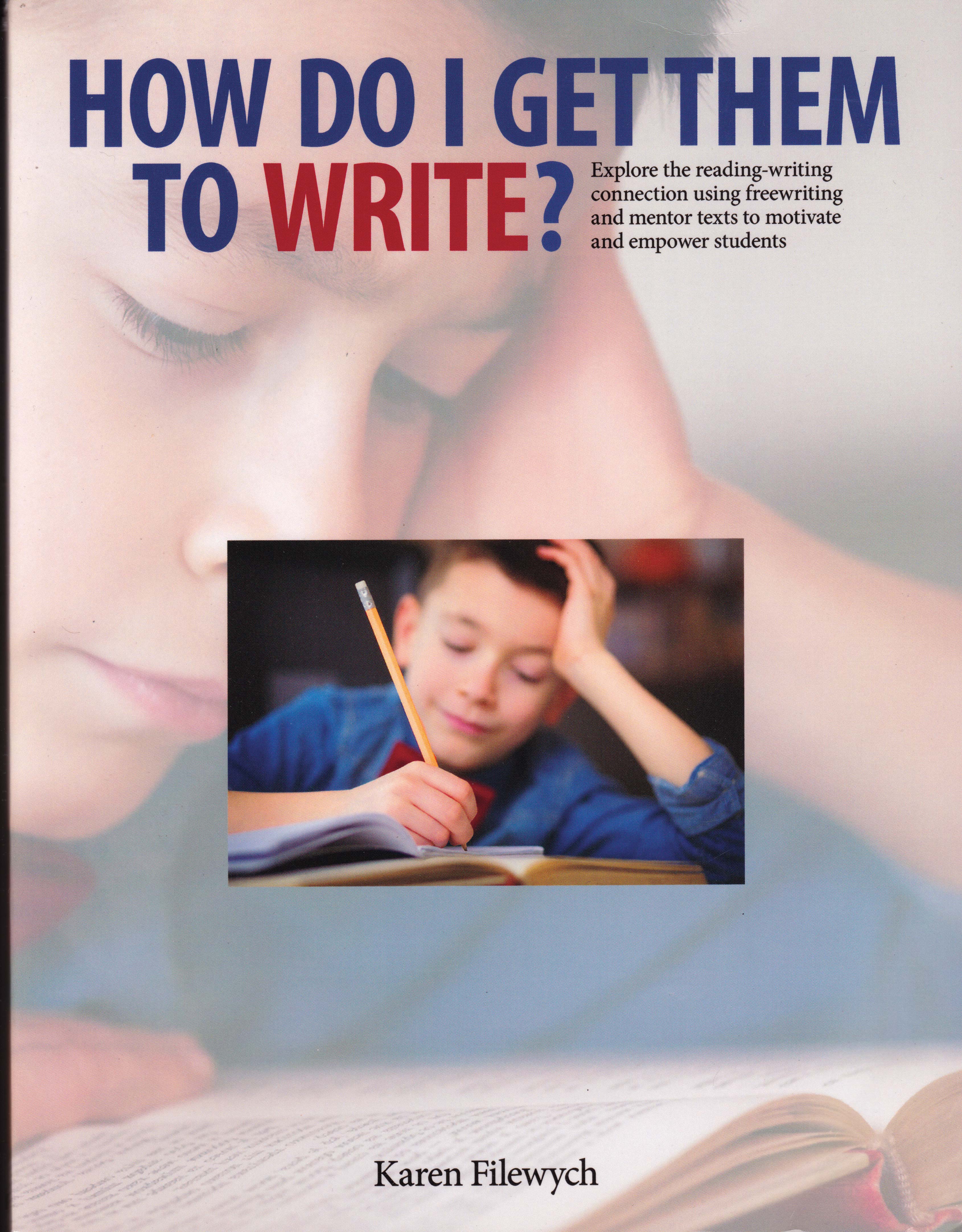
By Karen Filewych
If you teach elementary students, chances are you've seen them struggle with writer's block.
You've heard those familiar questions: "What should I write about? How do I start? Is this long enough? What do you mean ‘add more'?"
Whether they have trouble choosing a topic, developing an idea or going deeper you've probably asked yourself another very familiar question: How do I get them to write?
Teacher, administrator, literacy expert and author Karen Filewych, answers those questions and more in her practical resource for K-6 teachers. She shows us how to effectively use mentor texts for modelling, analysis and inspiration, and suggests a wide variety of excellent reading resources.
Filewych also shows us how to create a supportive environment where our young authors feel safe taking risks with their writing. She shares practical and proven methods for teaching lessons on narrative, journaling, poetry, letters, articles, expository and persuasive writing, as well as the associated skills for conferencing and sharing peer feedback.
The author guides us in teaching not only the basic elements of fiction, but goes deeper by showing us how to help our students explore plot patterns such as transformation stories, circle stories and quest stories. Filewych also dedicates a chapter to freewriting, the backbone of her program. As she explains, through freewriting we can engage students in every subject in ways class discussion may not.
This practical, detailed and insightful resource is a treasure for teachers seeking to help students learn to write and to help them write to learn.
Caroline Pignat, OCT, is an author who has twice won a Governor General's Award for Young People's Literature and young adult fiction, and a writer's craft teacher at All Saints High School in Ottawa.
How Do I Get Them to Write: Explore the reading-writing connection using freewriting and mentor texts to motivate and empower students, Pembroke Publishers, Markham, Ont., 2017, softcover, ISBN 978-1-55138-322-4, 160 pages, $24.95, pembrokepublishers.com